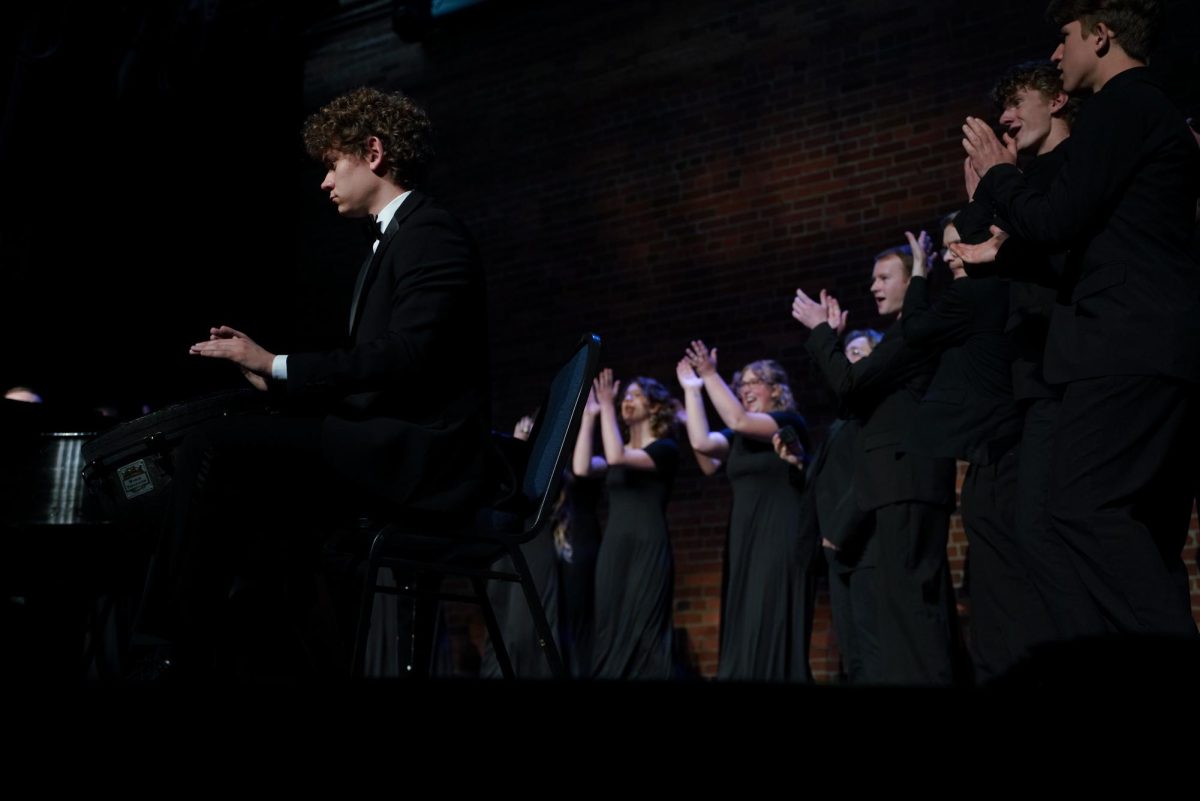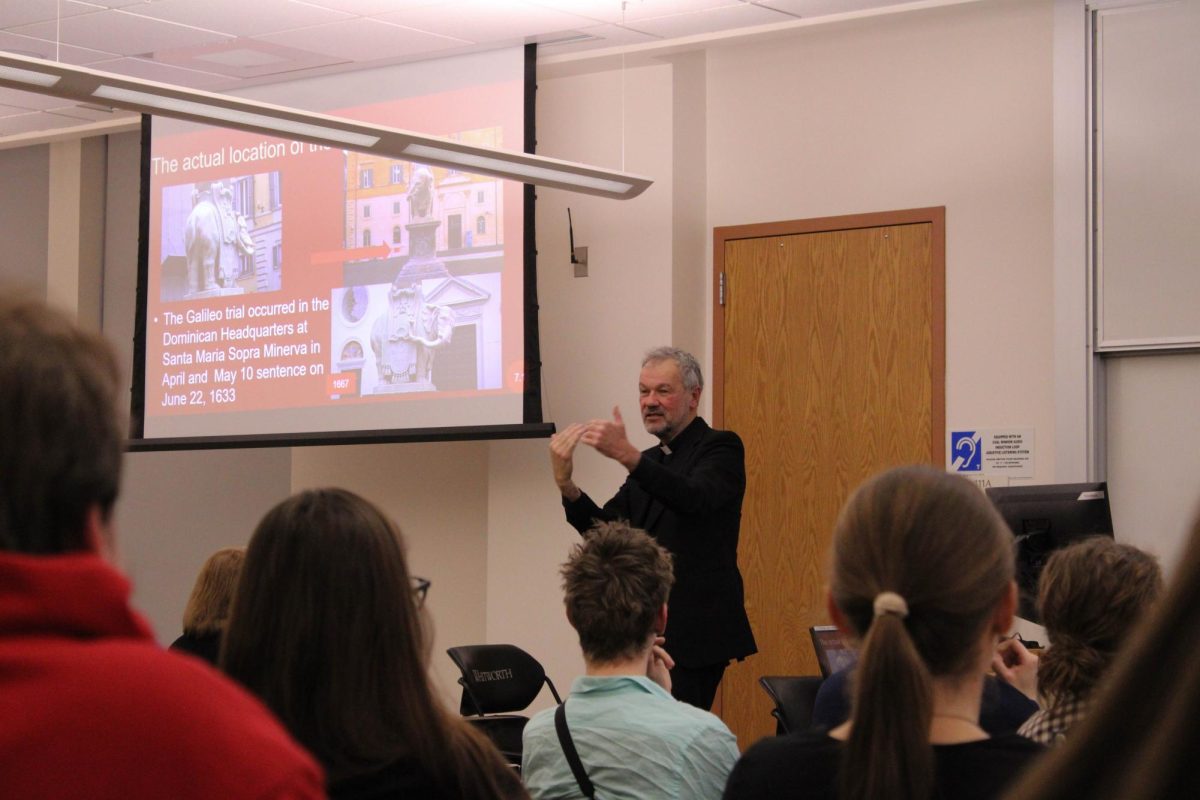The current “Star Wars” films are the third trilogy of the franchise, following three originals and three prequels. The original and prequel trilogies followed a formula in the organization of each film. Both “The Phantom Menace” and “A New Hope” start with an introduction to the cast of the trilogy and it’s world, providing straightforward films that tend to function the most as standalone in the trilogy. “The Force Awakens” followed the format of original director George Lucas, setting up a very familiar Star Wars story while introducing the audience to the new cast of key players and laying down the foundation for future story developments. Many audience members found the familiarity overbearing, pointing out numerous homages and themes from previous films. With “The Last Jedi” set to be released, fans are left wondering whether or not the latest installment will provide a new story or simply a rehash of the old. The film’s director, Rian Johnson, has clarified on Twitter that he has had “as much creative ownership as on any film” he has done, but the trailer of the film still shows signs of heavy structural homages to to the original trilogy’s second film, “The Empire Strikes Back”.
At the conclusion of “The Force Awakens”, the First Order’s Starkiller Base was left destroyed by the Resistance. The final act of the film borrowed heavily from the structure of “A New Hope”, with a beloved character’s sacrifice, an epic space battle, and the destruction of the antagonist’s superweapon at the hands of heroes being repeated. It also stepped a little bit into the territory of “The Empire Strikes Back” with Rey splitting off from the rest of the cast in order to pursue her training. Fans of the original trilogy will remember Luke leaving Han, Leia, and other principle characters as he traveled to Dagobah to train with Yoda. In the trailer for “The Last Jedi,” we see the process being repeated with Luke now being the master and Rey his apprentice. Another key plot point of “The Empire Strikes Back” is the eponymous revenge of the defeated Empire, resulting in a tragic ending for many of the film’s heroes. In the trailer for “The Last Jedi,” we see villains Snoke and Kylo Ren mounting large scale and damaging assaults against the film’s heroes. We see Chewbacca flying the Millenium Falcon through a large cave structure, another callback to “The Empire Strikes Back.” We see a snow-covered planet and Rey in a mist-filled cave, possibly hallucinating a figure, both also borrowed from older film. Snoke urges her to fulfill her destiny, mimicking Darth Vader’s words to Luke. These homages are so consistent that they practically make up the entirety of the trailer. It is understandable that fans who were left jaded by “The Force Awakens” would be skeptical of these clear similarities. Do these movies have anything new to offer at all?
While this lack of originality in plot may be disappointing to fans, the trailer also hints at an overlooked point in “The Force Awakens.” Luke Skywalker at a states in the trailer that “This is not going to go the way you think,” words that are every bit directed at Rey as they are the audience. A defensive argument for the homages in “The Force Awakens” rests in their ability to create intentional contrast through their implementation. Luke and Rey, for example, are on a surface level very similar characters in their first films. Both are orphans on a desert planet, both are mentored by an older hero from the previous trilogy, and both discover that they are destined to be Jedi. The key difference, however, is in the details of these situations and how the characters react to them. Luke may be an orphan, but he lives with his Aunt and Uncle who take care of him. Rey is completely alone, forced to scavenge supplies and live in the husk of a destroyed Imperial vehicle in order to survive. Luke wants to be a Jedi, but Rey initially has no interest in such a life. Both characters are gifted with an almost supernatural understanding of technology, but Rey’s piloting skills are questionable. On the other side of the fence, Luke’s mastery of the force is shown to be far more gradual than Rey, who was capable of defeating Kylo Ren in her first lightsaber battle. By putting these characters in similar situations but letting those situations play out differently, “The Force Awakens” accomplished something a bit special. It managed to give fans of the originals a sense of familiarity lost in the prequels while developing a distinctly different protagonist. Several cases of this sort of intentional contrast can be found throughout the film, leaving viewers with a familiar, yet distinctly different cast of heroes than previous entries in the franchise. While some viewers may criticize the overt sense of sameness, others would jump to defend it as an intentional choice done for the sake of character development.
The challenge “The Last Jedi” faces is arguably far greater than what “The Force Awakens” faced in that it is now at a place where it needs to push the new trilogy in a fresh direction. Whether or not “The Force Awakens” lived up to the hype may be debatable, but it did succeed as an establishing point for the next two films. While it does carry a lot of homages to “The Empire Strikes Back”, the trailer also shows signs of new directions for the franchise. Perhaps the most intriguing point of the trailer occurs in ts final moments, where Rey states that she needs “someone” to show her where her place is in the universe. It is revealed that she is speaking to Kylo Ren, who then extends to her his hand. The possibility of the foes joining forces is tantalizing tease, as it leaves plenty of room for speculation. Has Kylo Ren turned good? Has Rey turned bad? Have both been left disillusioned with their respective factions? What sort of events have pushed these characters to this point?
While it is possible that “The Last Jedi” may end up being an uninspired rehash of “The Empire Strikes Back,” the trailer almost seems constructed to play off of this expectation in order to defy it in its final moments. “The Empire Strikes Back” is often considered the greatest of the “Star Wars” films by fans and critics because of the way it served as a turning point for the franchise. Gone was the black and white morality, the straightforward narrative, and the sense of a film aspiring only to be an escapist piece. These elements were replaced instead with ambiguous heroes and villains, an experimental story structure, and film designed to provoke thought as much as a sense of fun. If “The Force Awakens” worked because it understood why “A New Hope” was a success, then the success or failure of “The Last Jedi” will hinge on whether or not it understands why “The Empire Strikes Back” is the franchise’s high point. The homages are necessary for the sake of contrast, but this is the point in the trilogy where the story needs to forge new ground. While the film may end up falling short of this goal, there are indicators in the trailer that director Rian Johnson is up to the challenge. In any case, “The Last Jedi” should prove to be an interesting watch when it arrives on Dec. 15.









 Spokane?
Spokane?